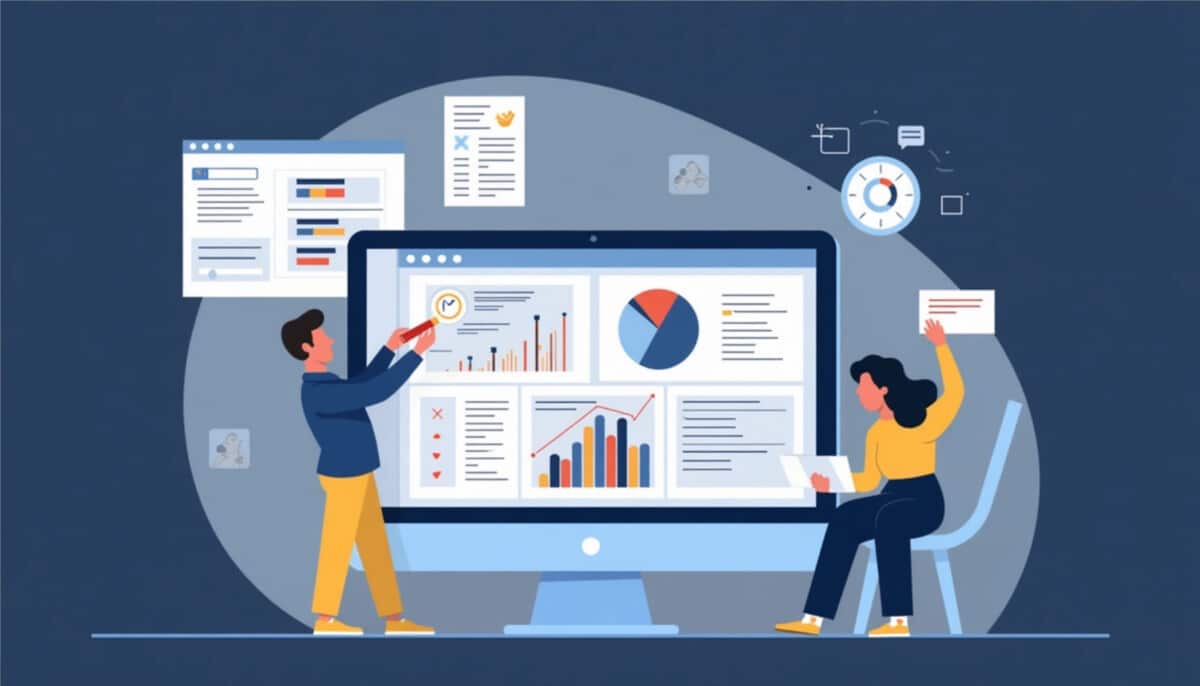Sometimes, getting feedback feels like sending a message in a bottle—drifting off into the unknown and hoping it arrives intact. At Outreach Bee, we know how crucial it is to tighten that loop, especially when you’re juggling blogger outreach, manual link building, or full-scale campaign management. What if you could slash days off your turnaround, keep conversations alive, and watch your project glide from draft to published without the usual stutters?
Why Traditional Reviews Stall
You’ve set up your campaign requirements. You’ve identified high-authority sites. And you’ve drafted killer content. But then—radio silence. You email a draft and you wait. You follow up. and you chase approvals. It’s tedious. It’s error-prone. And worst of all, it distracts you from what matters: growing your brand and engaging your audience.
Feedback trapped in inboxes leads to versions numbered like a phone book. Comments buried in PDF margins get lost in translation. Misunderstandings sneak in. Approvals get delayed. Shouldn’t there be a smoother way?
Enter real-time annotation and collaboration. Instead of sending static files back and forth, imagine clicking a link, highlighting a paragraph, and watching your teammate’s cursor pop up. You scribble a note: “Can we inject a bit more urgency here?” They reply in the margin. You both chat beside the draft. Result: instant clarity.
Bringing Campaigns to Life
Let’s look at our working process through this lens:
- You share your campaign requirements.
- We scour for the best-fit sites.
- You pick the winners.
- We draft content and share it instantly via a collaborative workspace.
- You annotate in real time. Questions, tweaks, thumbs-up emojis—everything lands in context.
- Once approved, we submit to your chosen site.
- We circle back with a final report, ready for the next round.
Real-time tools break the cycle of waiting and guessing. Comments are anchored to specific sentences, so there’s no question about what needs tweaking. Version confusion disappears—everyone works on the same draft. Plus, time-stamped feedback helps you track decisions, ensuring nothing falls through the cracks.
Pause for a second. Isn’t that exactly what you need to keep campaigns humming? When you cut down email loops, you free up mental bandwidth to focus on strategy rather than status updates.
A More Human Process
We’ve all been there—drafting a headline at 2 a.m., then forgetting why we chose that word. With real-time collaboration, you capture context. You tag a colleague, ask, “Does this resonate with our tone?” They reply immediately: “Feels a bit stiff. Let’s add some punch.” Suddenly, copy reflects your brand’s real voice, not someone else’s guess.
It’s not just speed; it’s authenticity. You get to preserve the natural flow of ideas, the rhythm of debate, the energy that makes outreach campaigns sing. And when everyone’s thoughts exist side by side, you build consensus faster—no one’s left wondering if their voice was heard.
Small Steps, Big Impact
You don’t need to overhaul your entire tech stack. A simple integration—linking your editorial calendar to a shared annotation tool—can cut review cycles by up to 50%. Suddenly, what used to take days stretches into hours. Stakeholders stay in the loop. You spend less time chasing approvals and more time nurturing relationships with influencers and bloggers who matter.
Ready to Accelerate?
If you’re tired of edits lost in email threads or approvals stuck in limbo, give real-time annotation and collaboration a shot. At Outreach Bee, we’ve seen it transform campaign management—from first draft to final report. It’s not just about speed; it’s about keeping the creative spark alive and making your team feel connected, no matter where they are.
What’s your experience with review bottlenecks? Drop a comment below and share your war stories—or your wins. And don’t forget to follow us on Facebook, X (Twitter), or LinkedIn for more insights on streamlining your outreach workflows. Let’s keep the conversation going!
Before you leave, learn why enterprises need to invest in the ‘production-ready document experience’.



The Intent Economy: How Behavioral Marketing Has Redefined Advertising Tactics
Unlock High-Converting Google Ads with Smarter AI Prompts